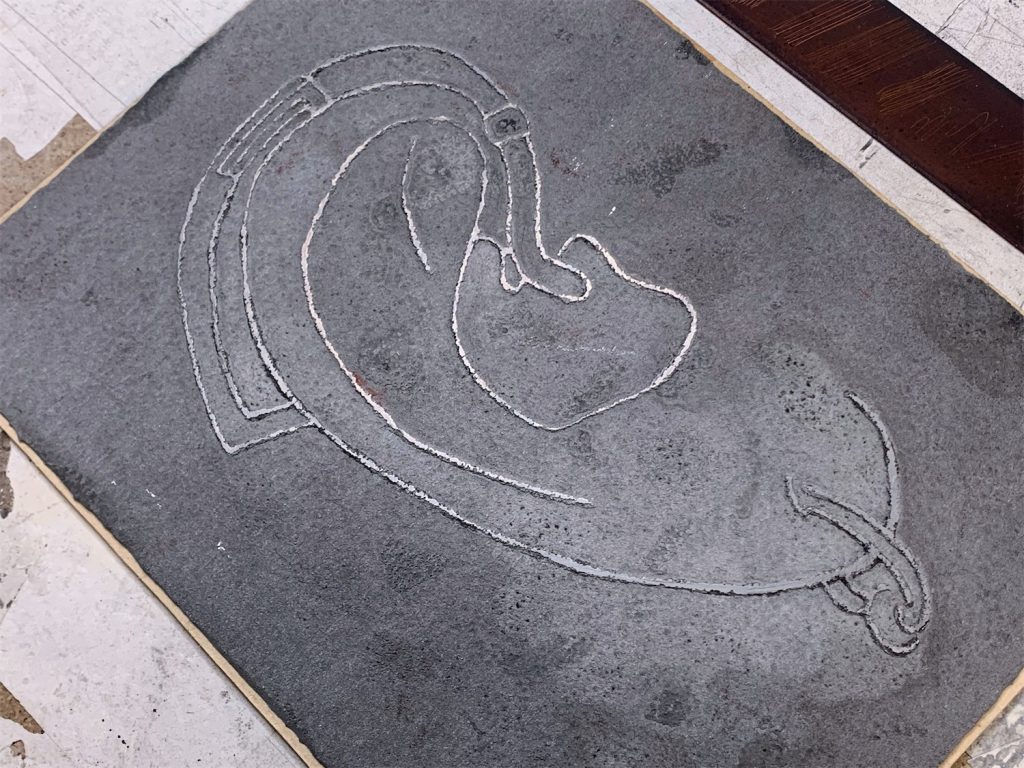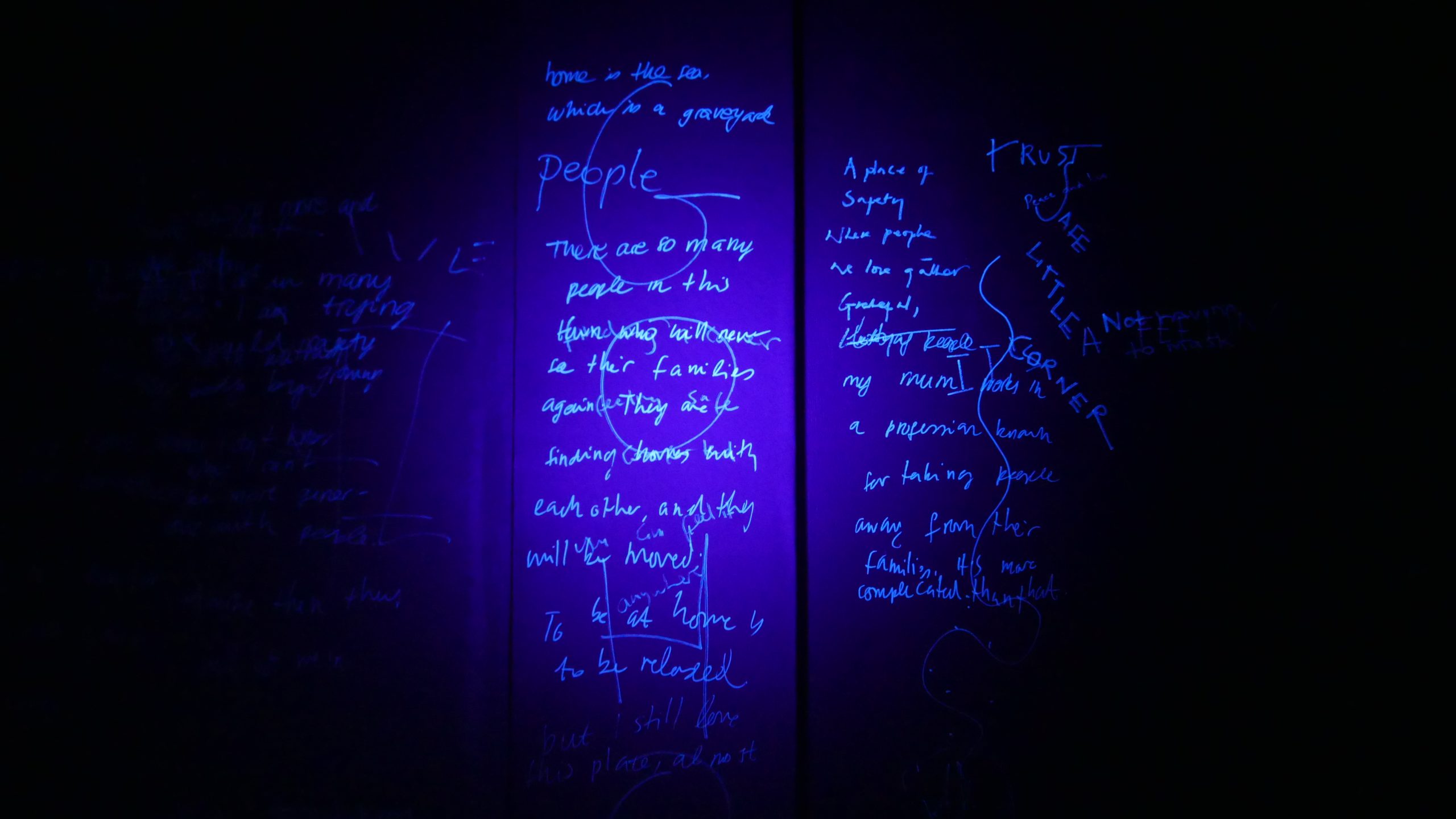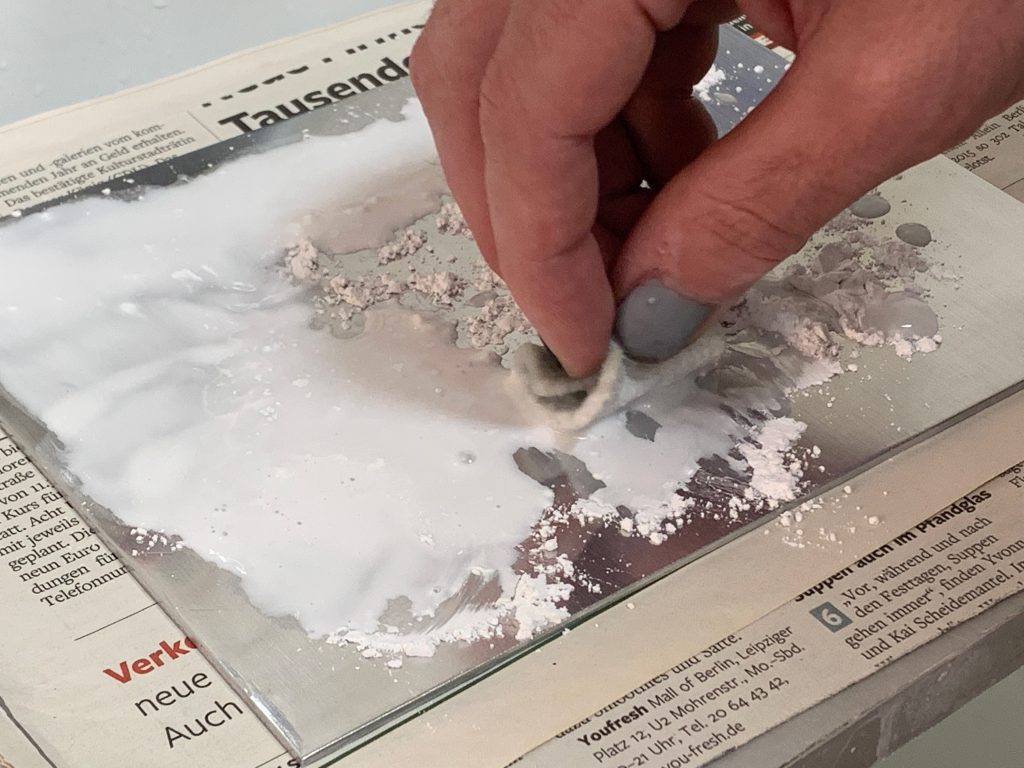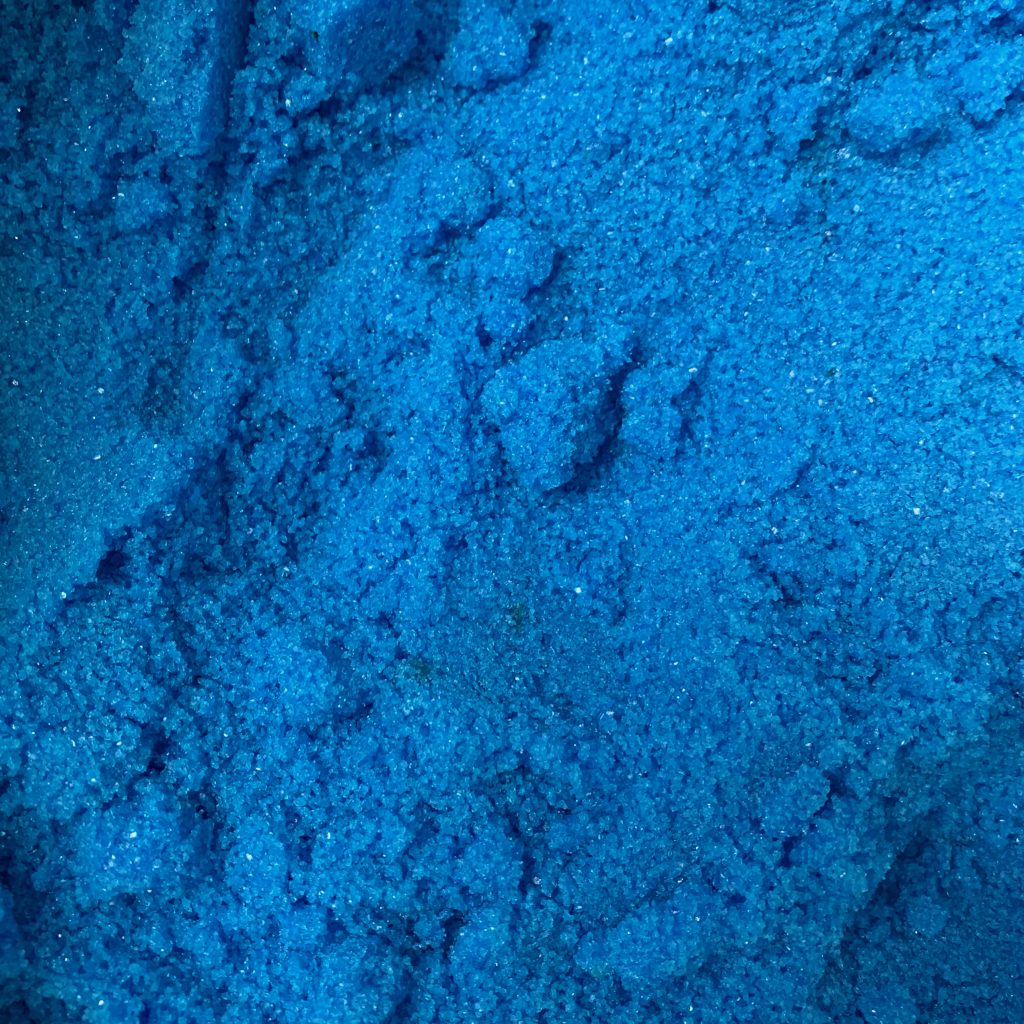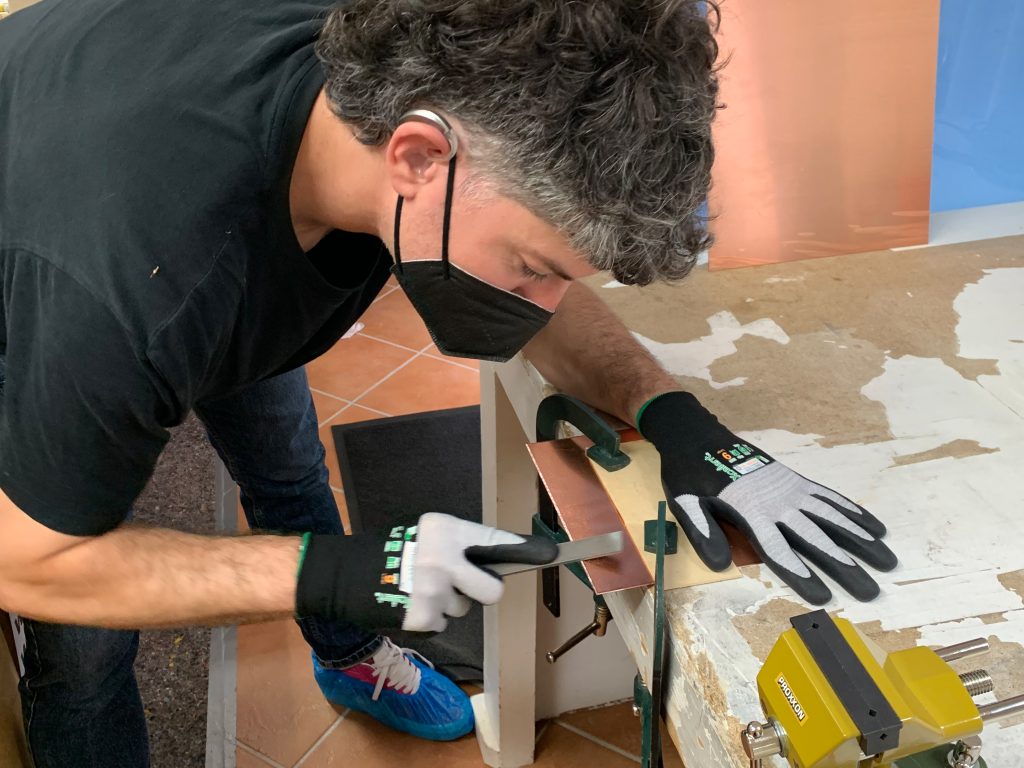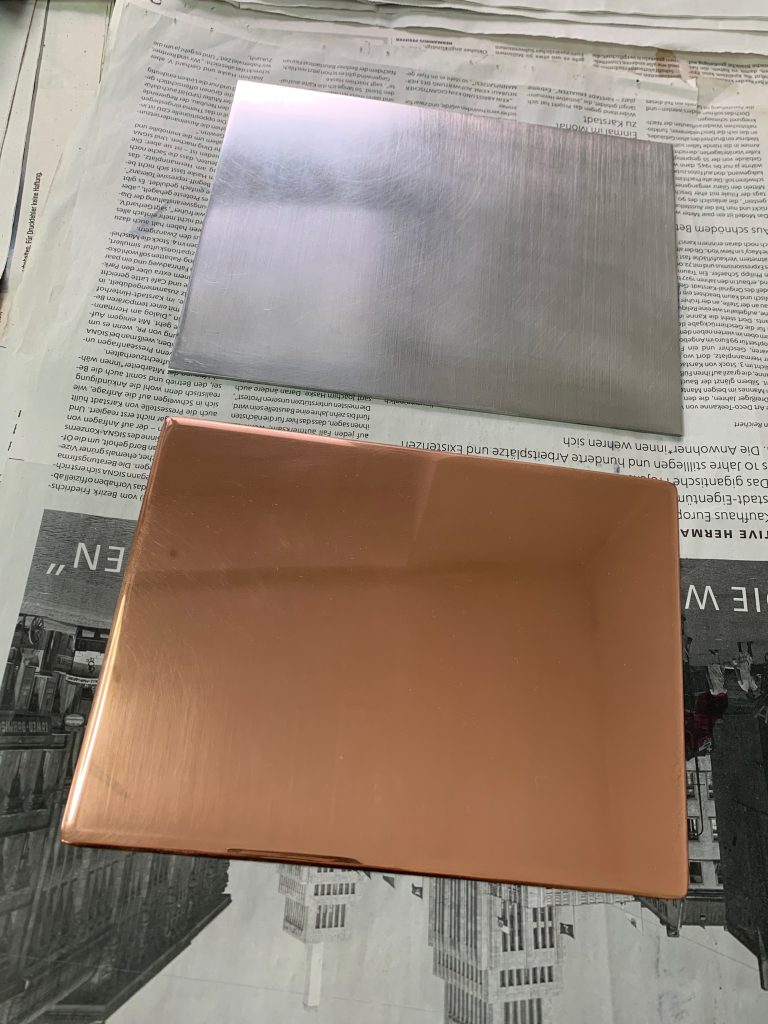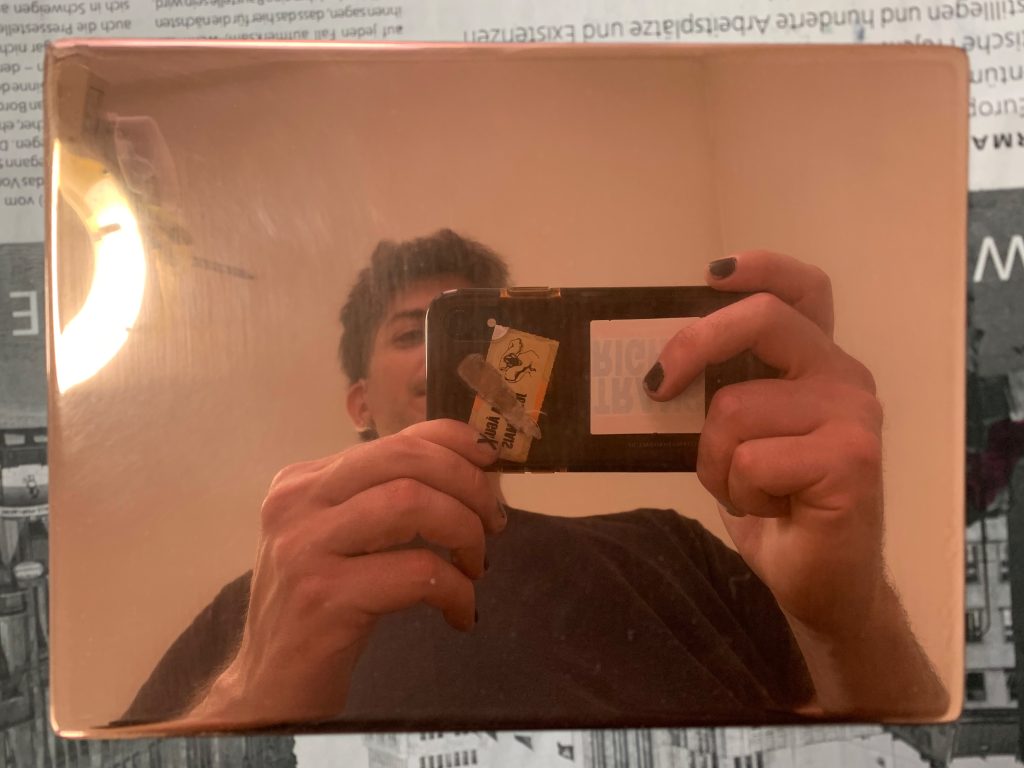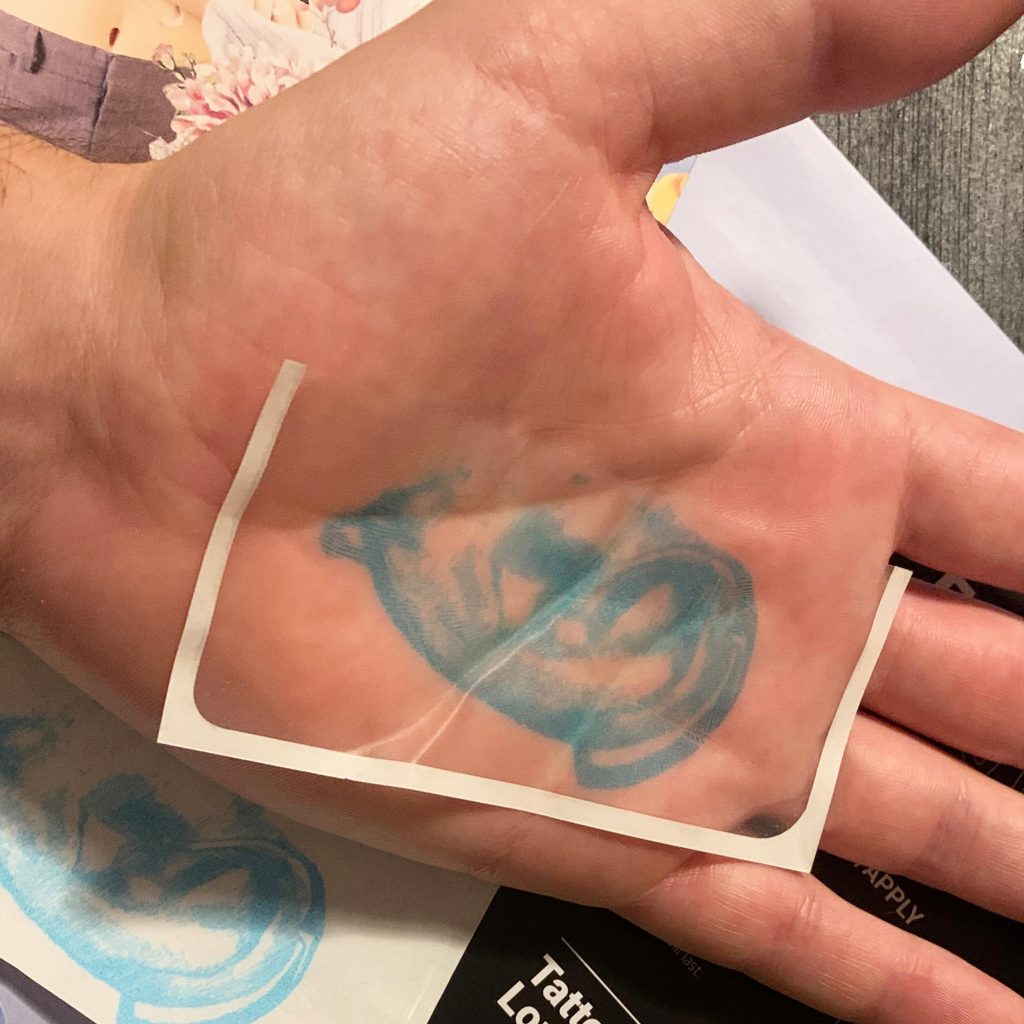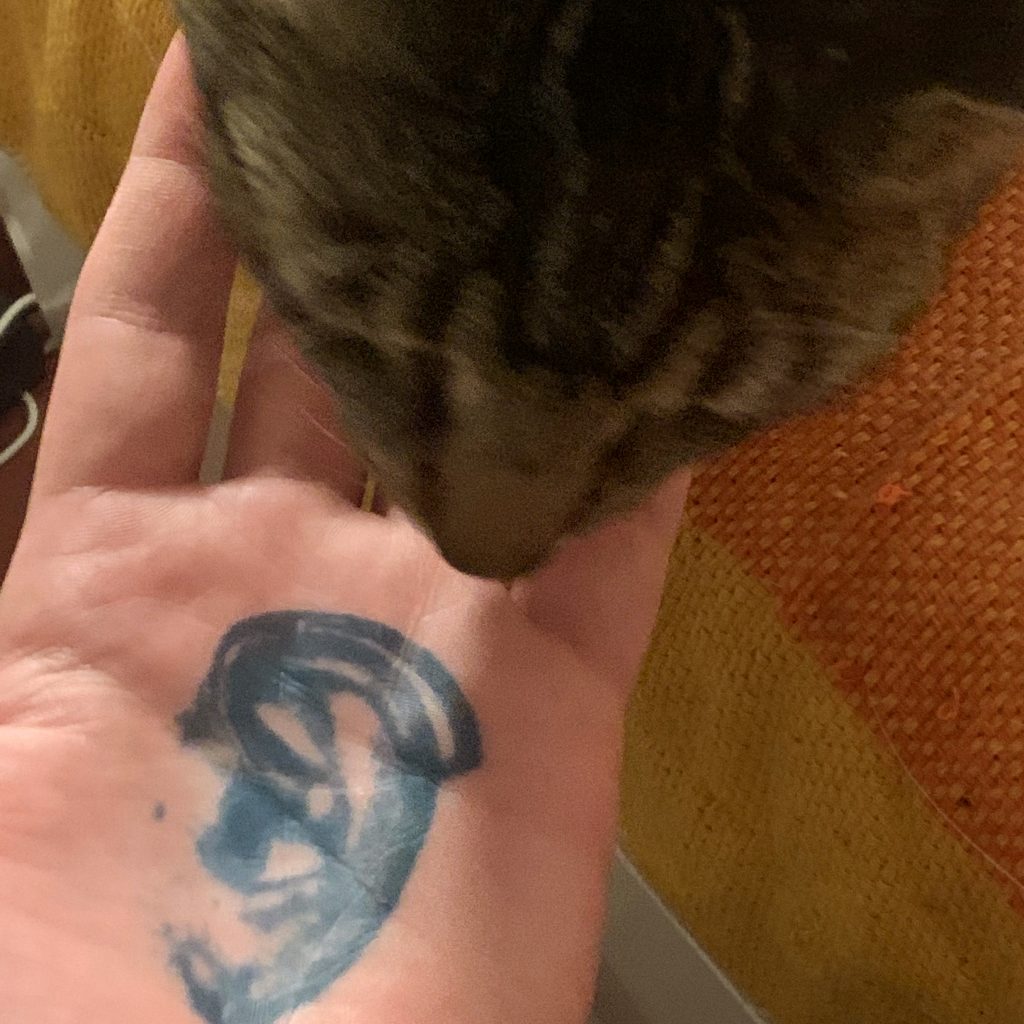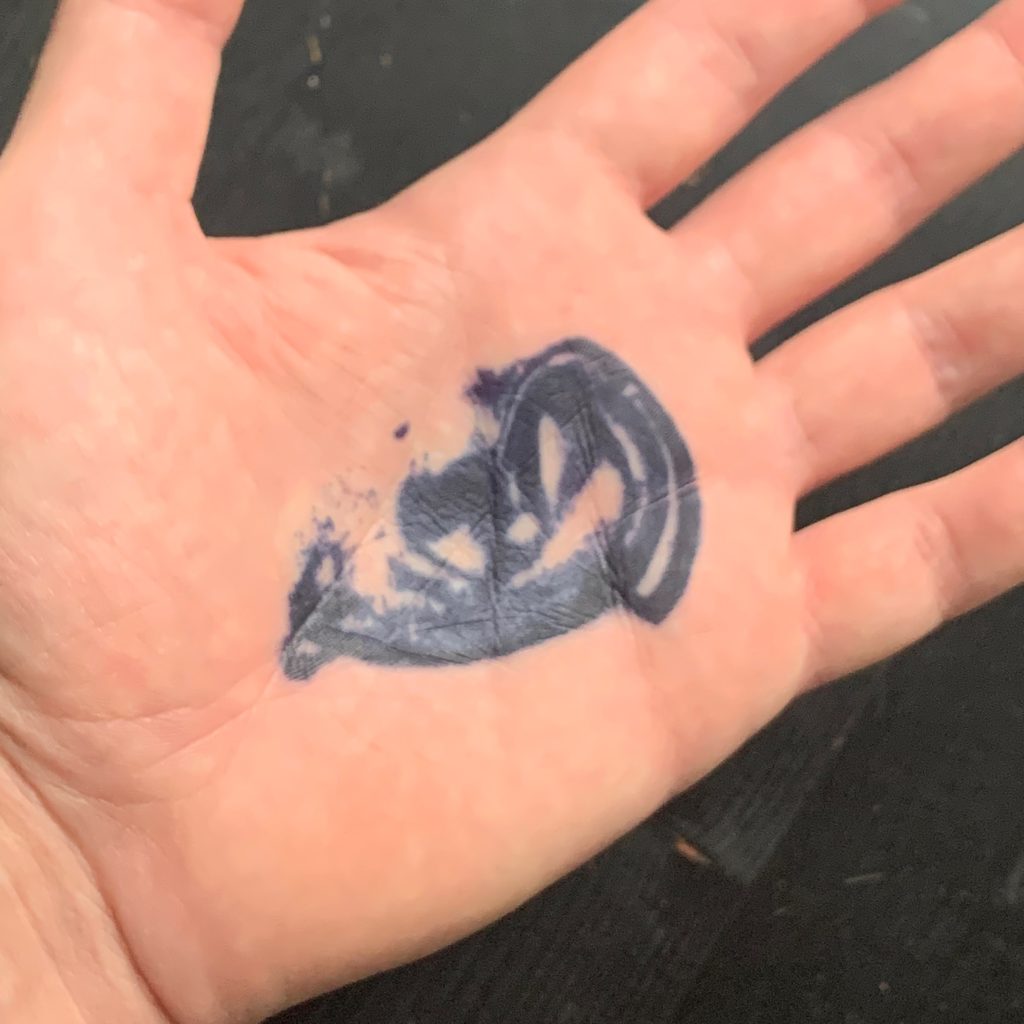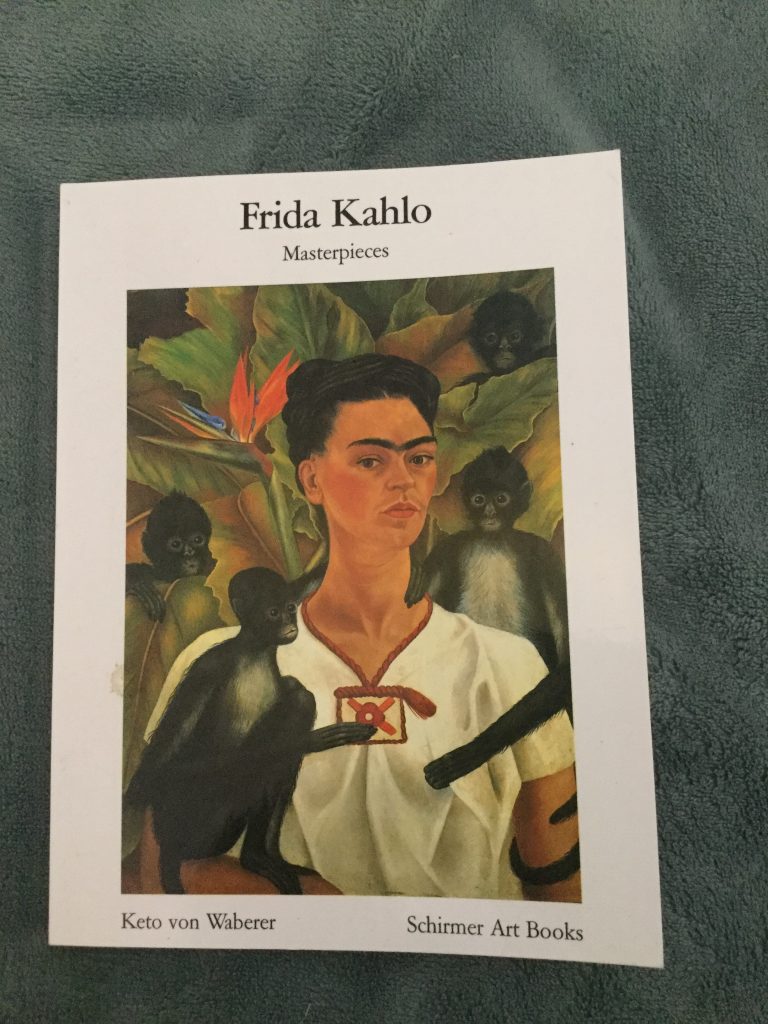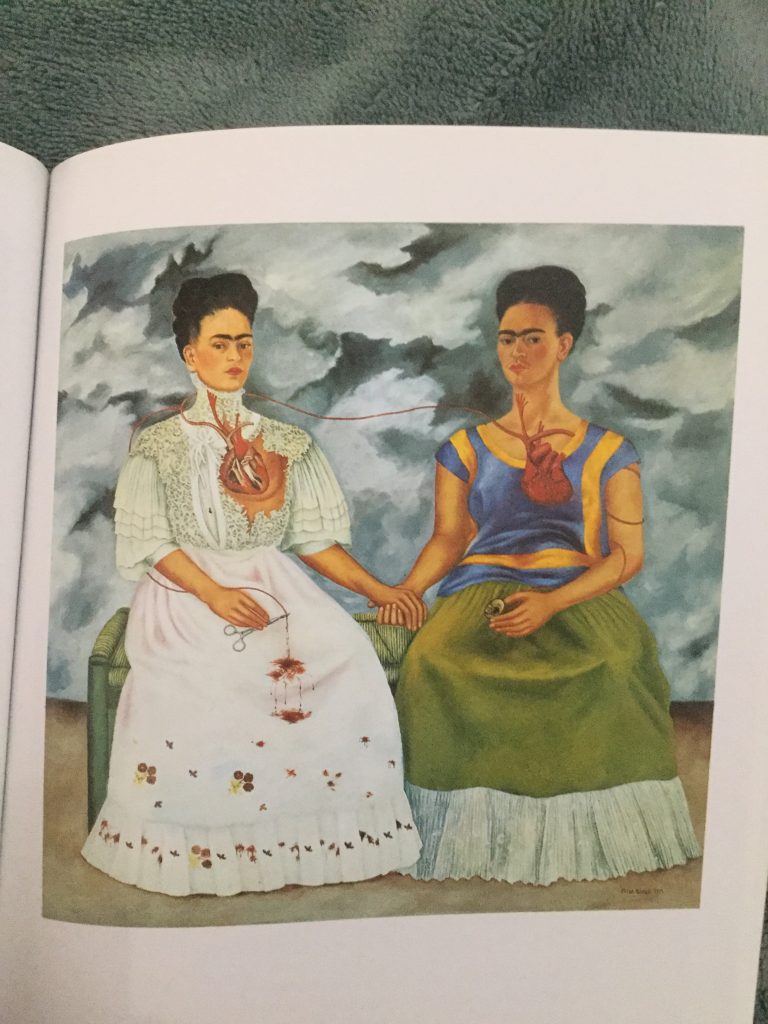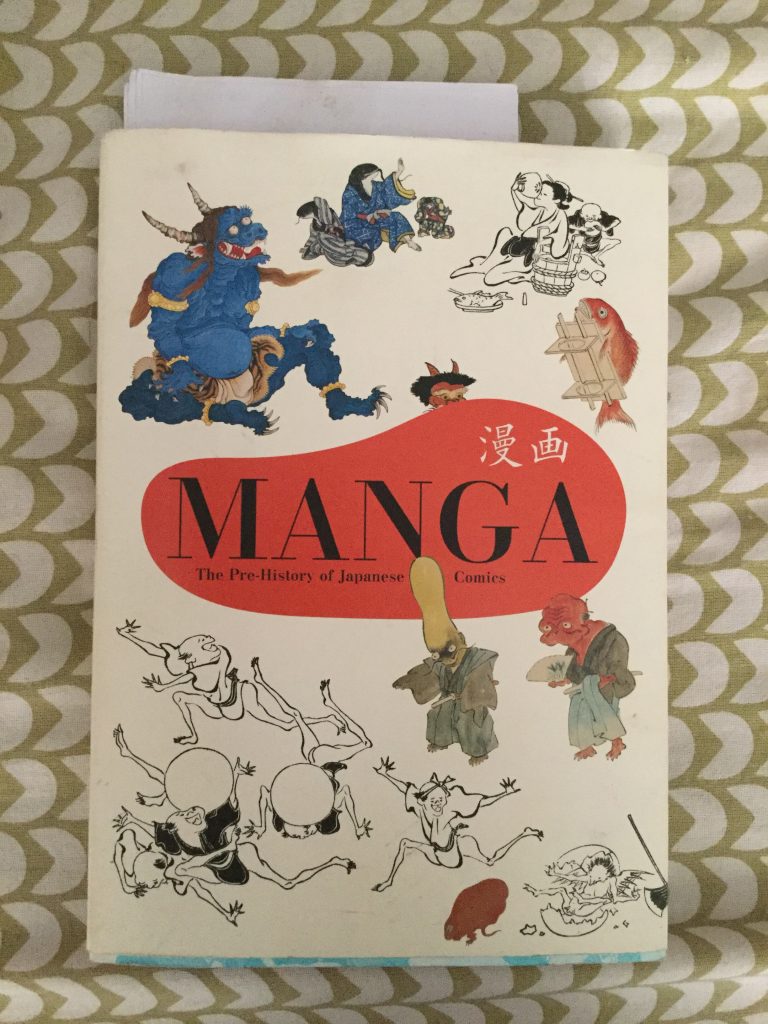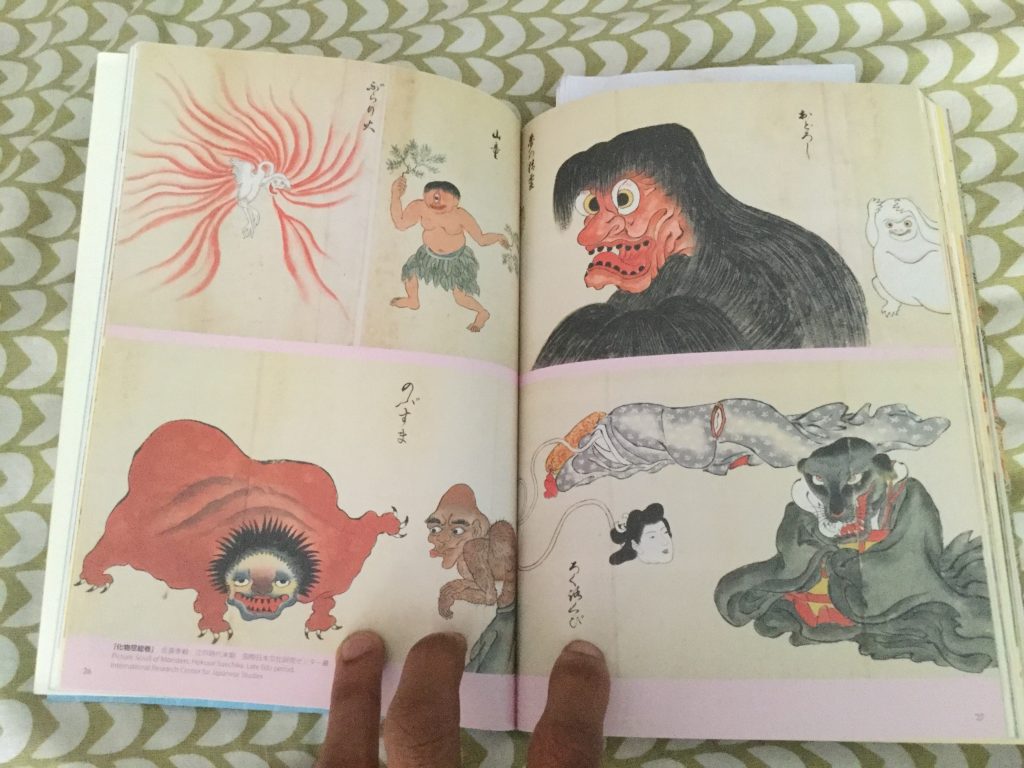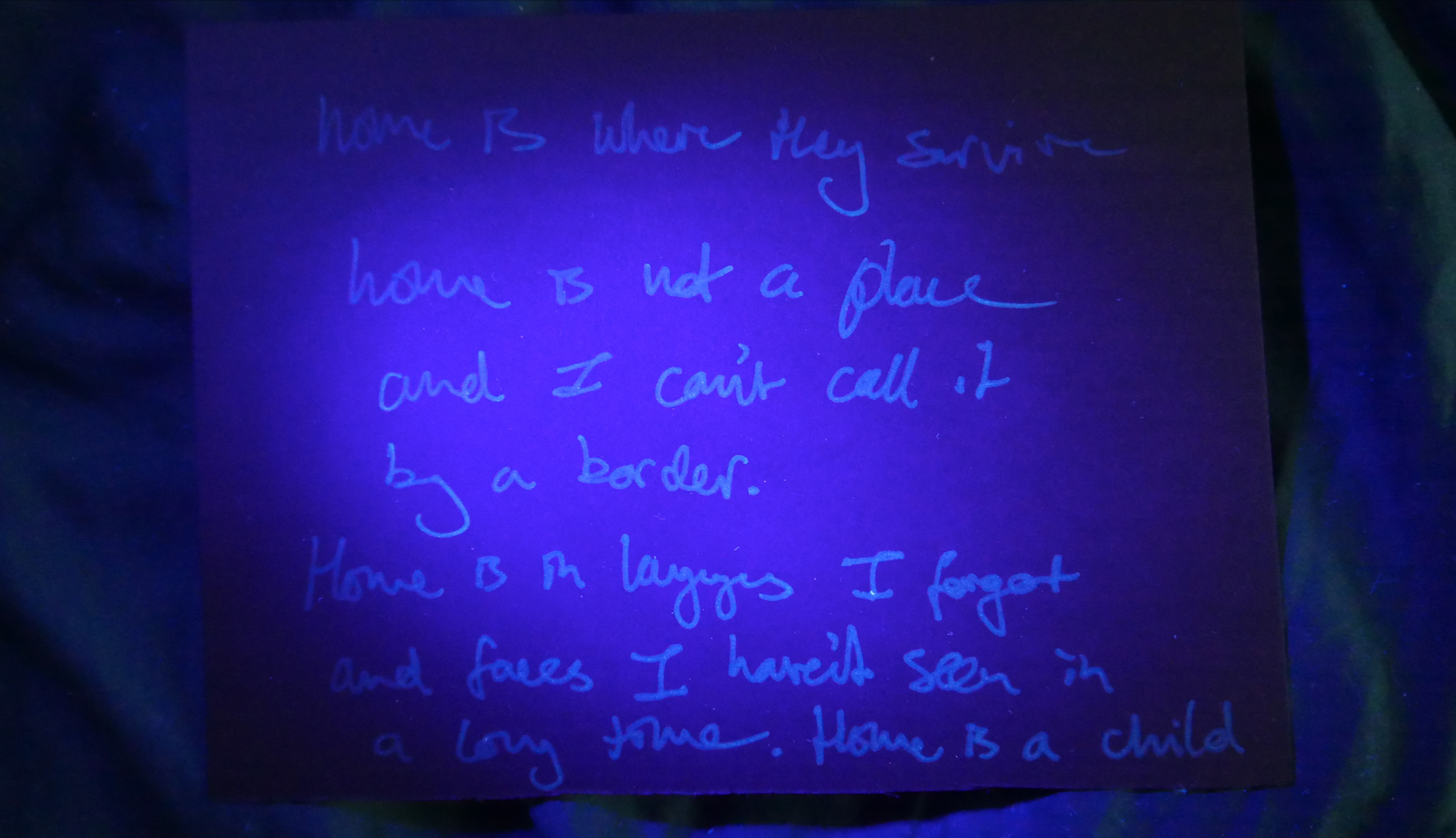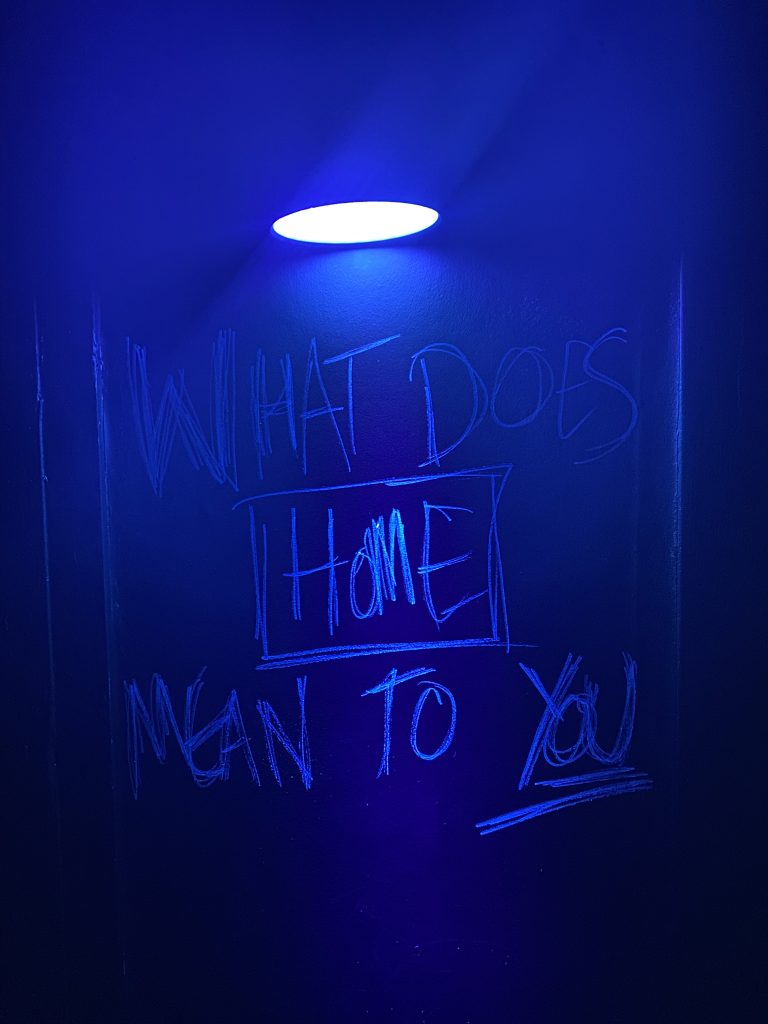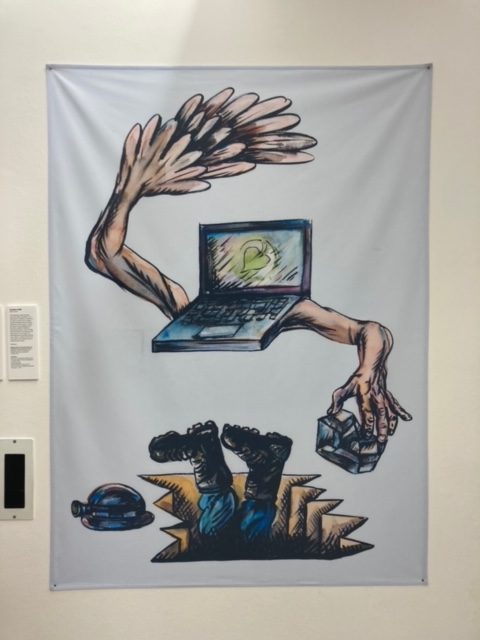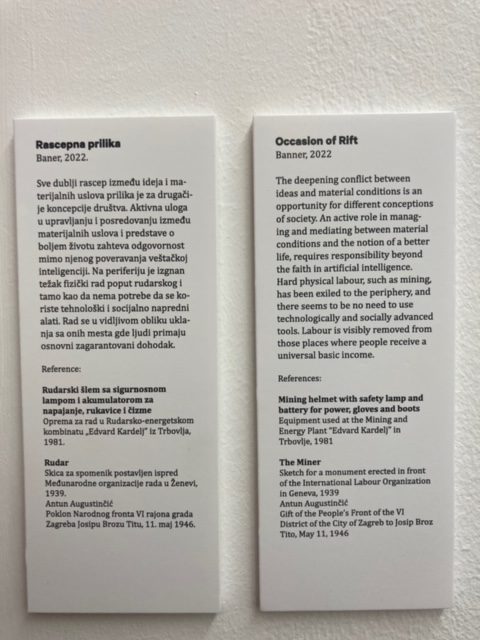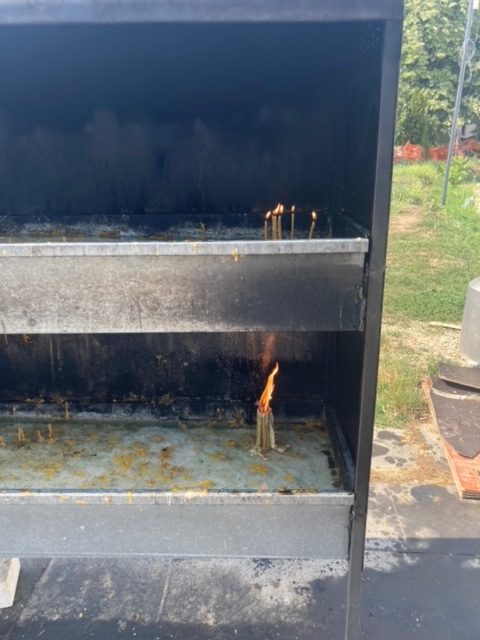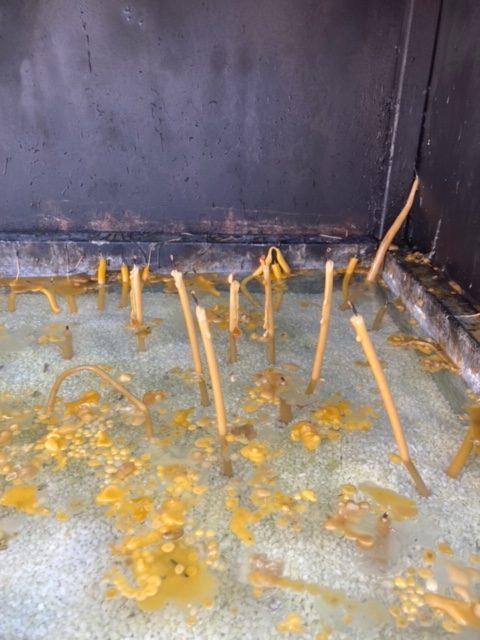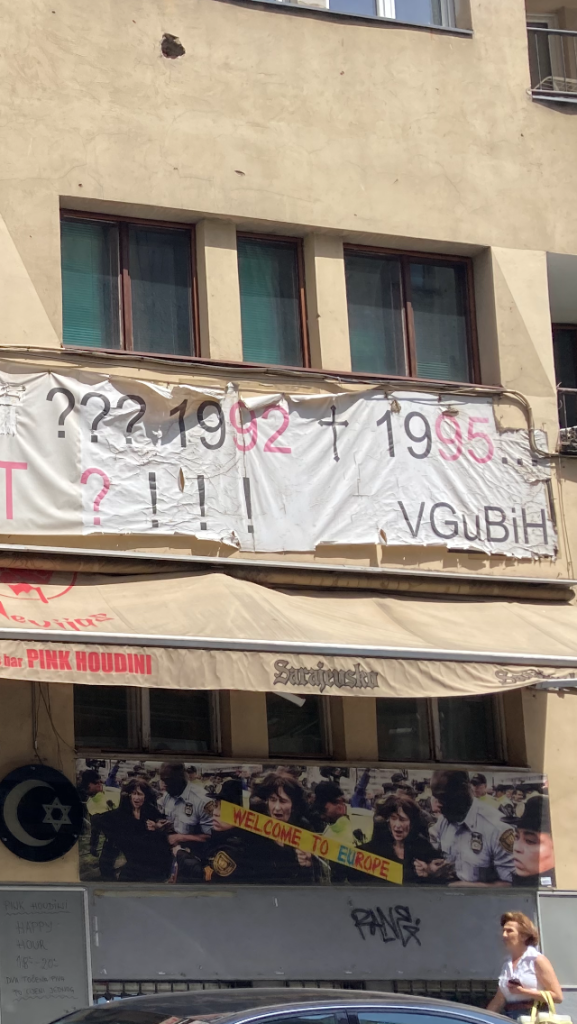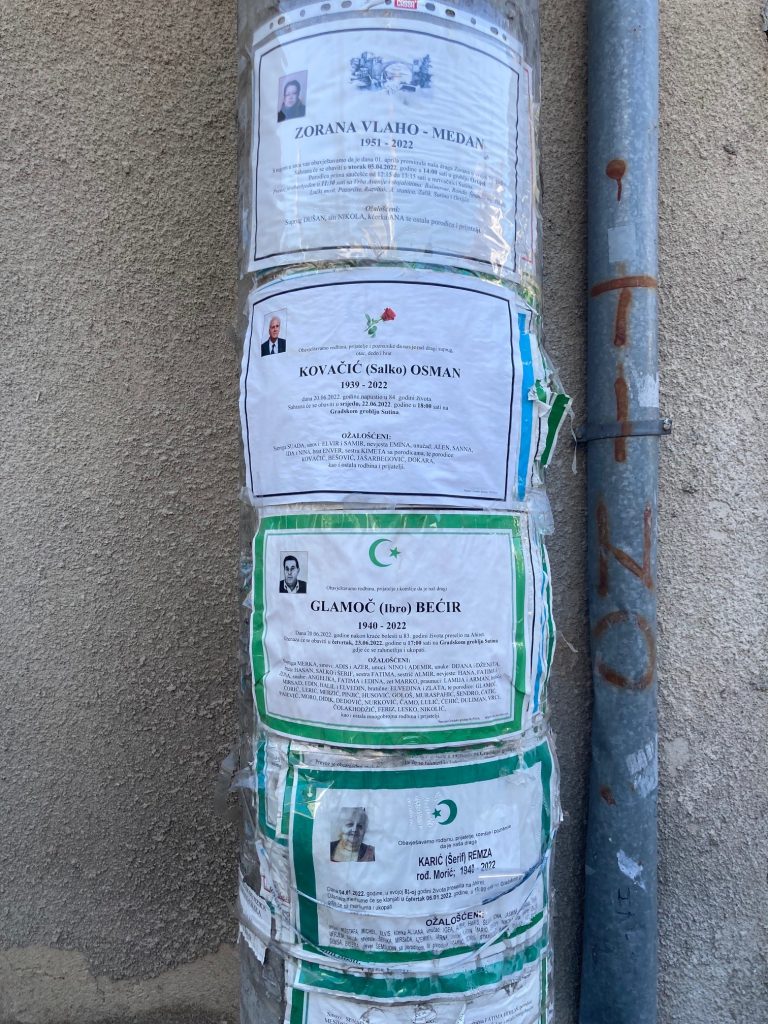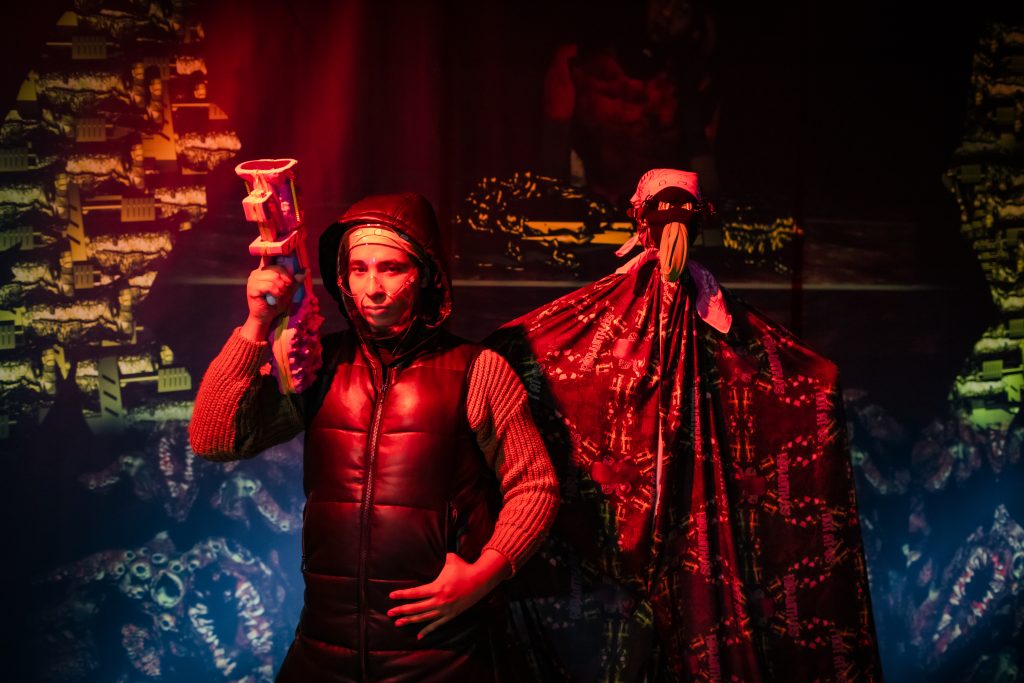
Hi my name is Danielle Brathwaite-Shirley. Welcome to my studio of tech goodness. I would definitely consider myself someone that is lost in the sea of tech often trying to discover how to use the mediums within technology to record the lives of people like me.
Interactive art is my thing, I like to make the audience have to work in order to get into the art. For the work to give something to them, they will have to give a part of themselves. So all things gaming to code to different ways of interaction seem to draw me into a web of ideas that often begin a project.
My practice began on seeing a poster of a woman called Mary Jones, in which she was labeled the “MAN MONSTER”. This violence in the archiving of someone we would now call Trans motivated me to use my practice as a means of Archiving those in my community that are here in the present.
So if you’re interested to see the tech nerd palace i am building please have a look around here.
